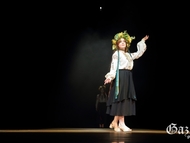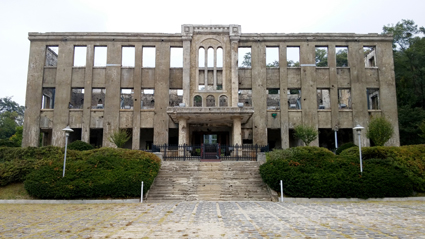
Korea is known by many foreigners as the country divided into the North and South. The Korean War from 1950 to 1953 left thousands of casualties as well as many ruins that recall the pain of the Korean War. Cheorwon in Gangwon-do has many traces of the war since it has the DMZ, or demilitarized zone, on its northern border facing North Korea.
One of the remains that Cheorwon keeps is the North Korean Labor Party Cheorwon Office Building. This building was built by North Korea in 1946 to control residents. It was only made out of bricks and cement without rebar. The parts that contained rebar like the stairs were severely damaged after the war as the residents of the area took out the rebar and sold it in order to earn money for food. The building was used as a base to enforce communist rule on the people in the area, and the workers in the building plundered grains from the residents in the region. An unpublicized fact known to everyone at the time was that when people were called inside the building, they were not sure if they would come out alive.
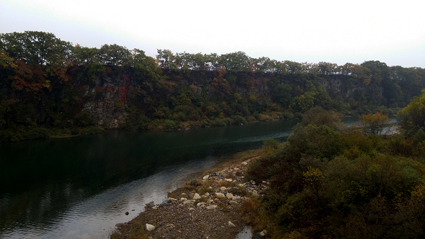
Most people in the world are curious about the unique border between North and South Korea. The military observatory protected by the South Korean Army's Third Division called Baek-gol, or skeleton, 24 hours a day. The southern part of North Korea can be viewed from the military observatory under clear skies, including Osung Mountain, which means five star. The Military Demarcation Line (MDL) can be observed as well as the Northern Limit Line and Southern Limit Line. There is a small plain called the Dandelion Plain, but it has nothing to do with dandelions. After the Korean War, people in North Korea whose homes were in South Korea tried to go south, and many were killed by hidden mines under the field. This caused people to tell others to not go far in the field, pronounced meon-dl-e. This sounds similar to the sound for dandelion in Korean, min-dl-le, so eventually this place became known as Dandelion Field.
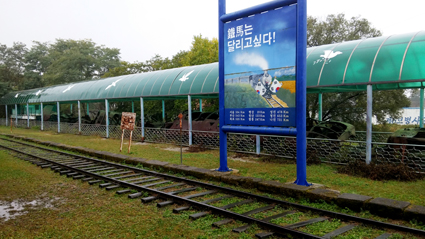
Part of the Geumgang Mountain Railroad track is open for people to walk on in the midst of clean and beautiful scenery. Construction began on the Geumgang Mountain Railroad in 1919 for sightseeing around Geungang Mountain. However, during World War II, some parts of the track were demolished, and after the Korean War ceasefire line was set, people were completely barred from going there. Untouched for a long time, the cliff surrounding the river is covered in colorful foliage, providing wonderful views of nature.
After the Korean War, the railroad track that used to connect South and North Korea was no longer used and has since fell into disrepair. The White Horse Station is the most northerly functioning station available now in South Korea, and Woljeong-ri Station is the closest station to North Korean territory. Woljeong-ri Station has debris from destroyed North Korean Army trains. Near Woljeong-ri Station is the Cheorwon Crance Exhibition Hall with exhibits of the various birds that migrate to Cheorwon during the winter.
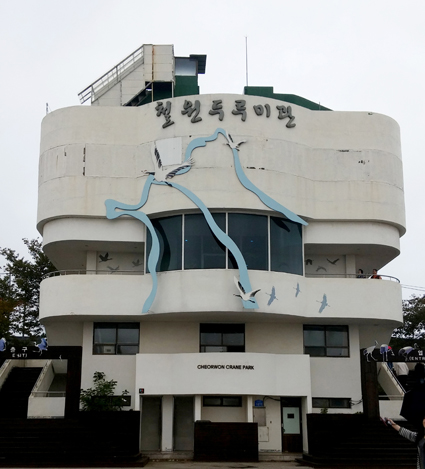
There were numerous sites related to the Korean War in Cheorwon and there was limited time to visit all of them. The seemingly endless rice fields were impressive. However, in part of my heart, it was hard to understand what had brought South and North Korea to this situation. Many people suffered from the Korean War and the pain is still fresh in our hearts. We should try to think of the other part of Korea without the eye of prejudice or the colored lens called politic.





